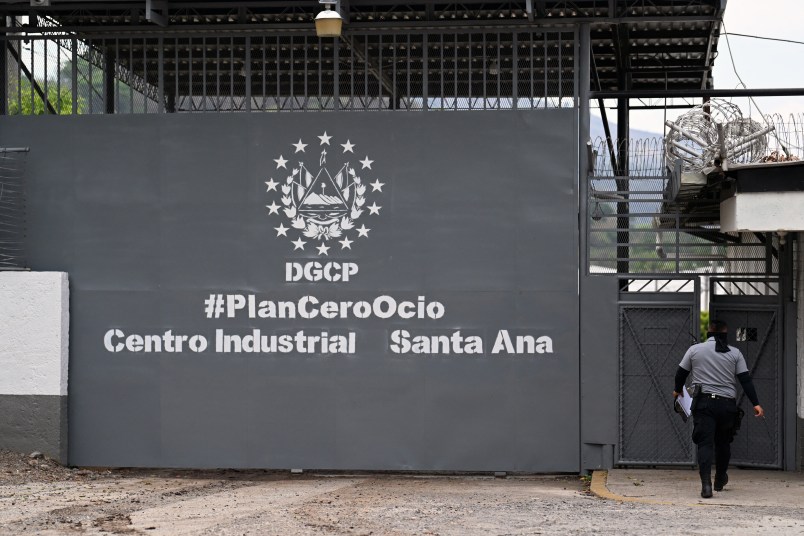Key takeaways:
- U.S. District Judge Paula Xinis criticized the Trump administration and Department of Justice for non-compliance with court orders in the case of Kilmar Abrego Garcia, who was mistakenly deported and wrongfully imprisoned.
- An image circulated online showing digitally altered tattoos on Abrego Garcia’s fingers, falsely linking him to the MS-13 gang, leading to accusations of manipulation and misleading the public.
- President Trump shared the altered image to support claims of Abrego Garcia’s gang affiliation, sparking debate and highlighting the legal and constitutional challenges in the administration’s immigration policies.
In recent developments surrounding the case of Kilmar Abrego Garcia, U.S. District Judge Paula Xinis has criticized the Trump administration and Department of Justice lawyers for their continued non-compliance with court orders. The case involves Abrego Garcia, a Maryland resident who was mistakenly deported to El Salvador and wrongfully imprisoned. Judge Xinis expressed her disapproval of what she described as the administration’s “ongoing and willful defiance” of her directives, highlighting the tension between the judicial branch and the executive actions taken during this period.
The controversy intensified when an image circulated online, depicting Abrego Garcia’s finger tattoos with the characters “M,” “S,” “1,” and “3” digitally added above his existing tattoos, which include a leaf, a smiley face, a cross, and a skull. Labels were also added beneath each symbol, leading to accusations that the image was manipulated to falsely associate Abrego Garcia with the MS-13 gang. Many online users identified these additions as digital alterations, while others accused the Trump administration of attempting to mislead the public.
President Donald Trump has repeatedly shared this image on social media, asserting that Abrego Garcia had “MS-13” tattooed on his knuckles. This claim has been part of a broader narrative linking Abrego Garcia to the notorious gang, despite evidence suggesting otherwise. The image and its dissemination have sparked significant debate and scrutiny, with critics questioning the motives behind its use and the potential impact on public perception.
The situation underscores the ongoing legal and constitutional challenges faced by the Trump administration in its immigration policies and enforcement actions. As the case progresses, the judicial branch continues to play a critical role in addressing these issues, with Judge Xinis’s recent intervention highlighting the complexities and conflicts inherent in the intersection of law, policy, and individual rights.



Be First to Comment